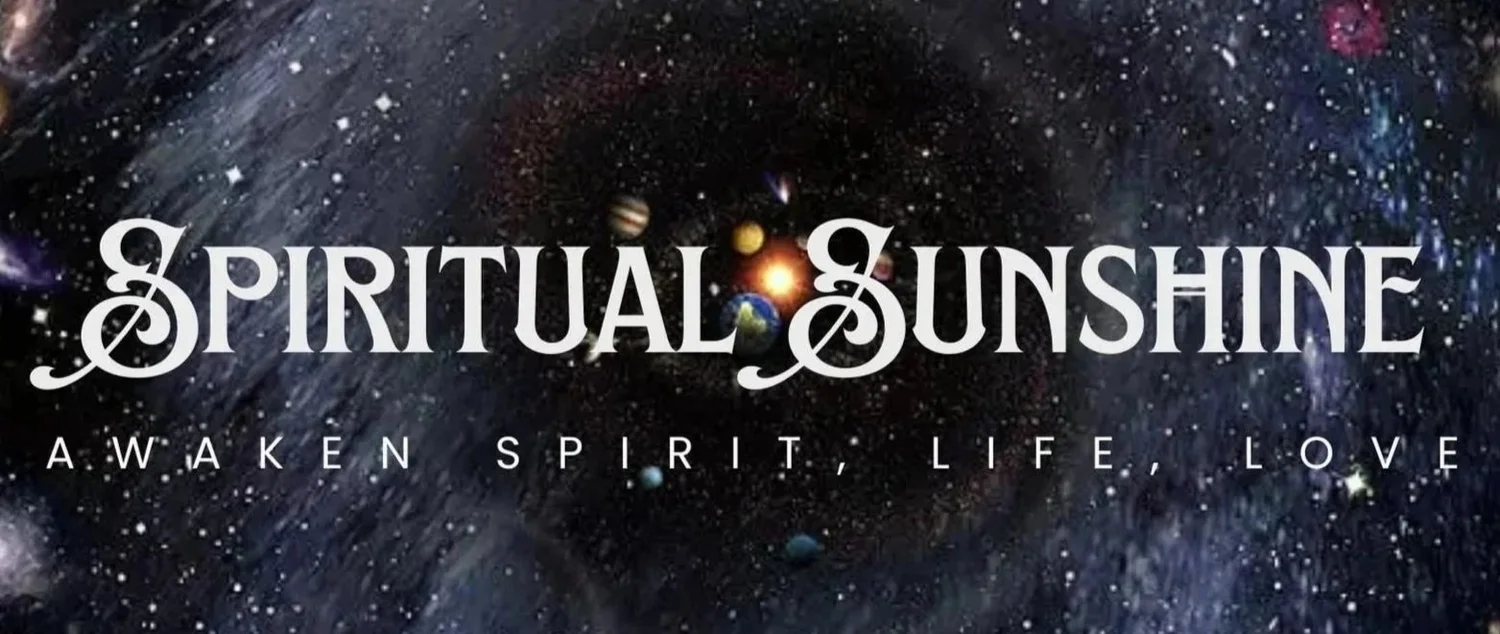
Read Our Written Sermons
grounded in a mystical, interfaith-Christianity inspired by Emanuel Swedenborg

Is “Father God” a Distant God?
On Father’s Day we celebrate our fathers and fatherly figures, celebrating how Divinity shines through the diverse expressions of masculinity and fatherhood, just as it shines through femininity and motherhood in infinite ways as the source of these qualities (as well as gender-neutral expressions). Indeed, the Christian Bible often describes how Christ used “Father” to denote God when speaking with his family and friends two millennia back, although it is hard to say if these ancient Jewish people used the term more broadly at the time. Christ seemed to be expressing how close we are to God by using this important familial distinction, emphasizing that we are all children of God, and expressing that God is the seed of all life – particularly, the source of “the light of the world” and love itself. And, like a good father, this day in particular rejoices in the empowerment of freedom and the light of love in many diverse ways, as we also celebrate Juneteenth and New Church Day today.

Grow Up, Into Childhood
Often, we lose the thread of childhood bliss, as though the pressures of adulthood were more important than remaining in contact with the peace and childlike play and joy we had as a kid. But who could blame us for thinking this way, when it is often as a child that we are encouraged to iron out our natural, playful self – that is if it even survives the early traumas in our life – to better meet the demands of society? Funny thing though, the childlike state of awareness itself can never be ironed out or killed, just seemingly layered over with “personality,” “responsibility,” as well as other limited, defensive constructs that keep us circling in anxiety, fear, and appropriated id-entity. We are called to reawaken to our childlike state of being, of life, love, joy, and presence, by turning to something very simple and important, but beyond words or works, that we intuitively know the moment we’re born: “I am,” not “I am this and that, name, thought, and form.”

Exploring Revelation: Dispel Your Dragon to Find Your SELF
There’s a reason that the book of Revelation is often associated with a mushroom or hallucinogenic trip, because the images found throughout Revelation seem to come straight out of one. What’s further interesting about the book written by John when he was “in the spirit,” is that the images of the book of Revelation are all references to other moments of the Bible but blended into a psychedelic mixture. Our reading from Revelation 12 today is one of the most iconic images from that trippy book, describing a woman clothed in the sun who is set upon by a seven-headed red dragon. And like many images in Revelation, although it resembles a crazy dream, the parable that it expresses invites us to overcome our personal dominating, distracted, destructive demons to allow our creative, heavenly Self and God to shine through.

Exploring Revelation: The Two Witnesses
Imagine if the biblical book of Revelation were a true, literal prophecy. It would mean that one day we as a species will battle a seven-headed dragon, as well as locusts with human faces, and will also be confronted by two “witnesses” who prophesy to the entire earth, killing anyone who tries to harm them with fire from their mouths. Not only that, but once these witnesses are martyred, the entire earth rejoices over their deaths, to eventually be stunned to silence when the witnesses are resurrected and then fly into heaven in a cloud. But what if these messages were not meant to be taken literally, but were symbolic parables connecting to a rich tradition of symbolism found throughout the entire Hebrew scriptures – from the seven days of creation to the final holy city descending from the sky? What if they, like the seven days of creation, were meant to invite us to listen to our higher internal witnesses, the love and truth at our core, and allow all our delusions to be stunned into silence and to fall away for the heavenly light of resurrection, peace, and renewal (no matter our religion)?

Exploring the Spiritual Depths of Revelation
It says that John was “in the spirit” when he had the visions described in the quite trippy book of Revelation, and the images described there (often about the future, as well as a new heaven and a new earth) bring to mind hallucinogens as well as the visions of my favourite mystic, Emanuel Swedenborg. For many, especially for many Christians, the book of Revelation has been a tough nut to crack, and many of its most famous elements are misconstrued due to things like Left Behind and other narratives that play up added stories about the antichrist. The book has been interpreted on many levels (even by my grandfather, who wrote a book on how it’s a hidden critique of the Romans!), but these interpretations often lack a good throughline or cohesiveness with the rest of scripture, seemingly missing the opportunity to tie the clearly metaphorical Revelation with the metaphors found throughout scripture. However, there’s one interpretation that does just that, in fact, this interpretation (written in 1766 by Emanuel Swedenborg) is the very same book that opened my eyes to the depth of scripture and its interconnectedness with the heart of other traditions. Moreover, he describes how, just like Jesus’ metaphorical parables, the entirety of Revelation is an allegory for human transformation, inviting us to allow a new heaven and a new earth to descend into our very lives in this very moment.
